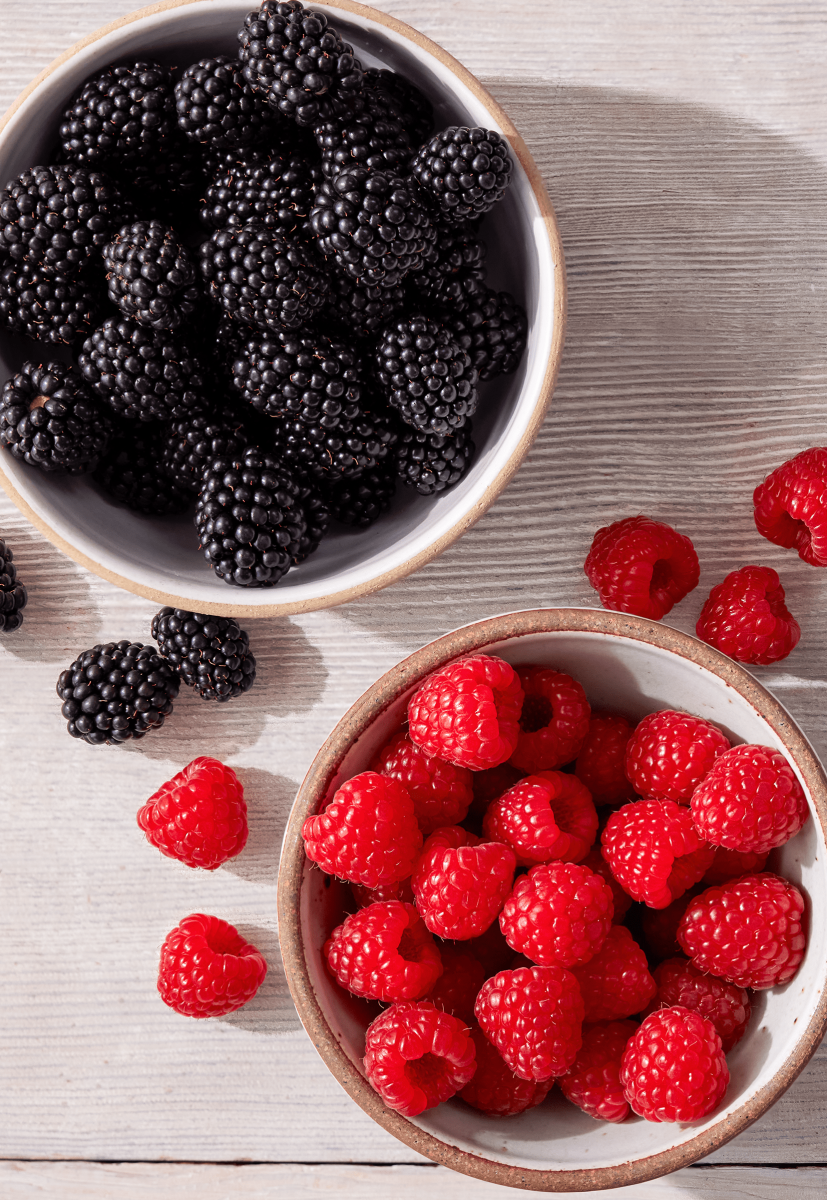Berry lovers unite
Join our community for tasty recipe ideas, handy hints, seasonal fun facts and more.

May 13, 2025 in Nutrition
When it comes to maintaining a healthy diet, fibre plays a crucial role. From benefiting your digestion to helping reduce your risk of various diseases, fibre is one of the many reasons why fruits and vegetables are so good for us.
According to the Better Health Channel, most Australians ingest about 20-25 grams of fibre each day – which is about five grams short of the recommended daily intake. Five grams may not sound like much, but this lack of fibre can lead to a range of health problems. Here is why fibre makes a difference to your diet and how you can eat more of it every day.

A healthy diet is a balanced one! Much like how you try to include protein, iron and calcium in your diet, fibre is part of good nutrition and can make a significant difference to your overall health.
One of fibre’s most important properties is its ability to aid digestion. You’ll likely notice issues with your digestive health, such as constipation and irritable bowel syndrome if you aren’t receiving enough fibre. However, fibre does more than maintain daily bowel function.
Receiving a healthy dose of fibre in your diet has been linked to improving cholesterol and blood sugar levels, according to Nutrition Australia. This can help reduce your risk in developing some disorders such as diabetes, diverticulitis, heart disease, and bowel cancer.
You may also struggle with weight-related issues like obesity if your fibre intake is low, as it acts as an appetite regulator making us feel fuller for longer.
There are two different types of fibre that have different functions and health benefits. The two types are differentiated by whether they are soluble, which dissolves in water, or not.
Soluble fibre helps to slow the emptying process in our stomachs, which helps you feel fuller. It also helps to lower cholesterol and stabilise your blood glucose levels. Soluble fibre is found in plant foods such as fruits, vegetables, oats, barley and legumes.
Insoluble fibre absorbs water to help soften the contents of our bowels and support regular bowel movements. It also helps us feel fuller and keeps the bowel environment healthy. Insoluble fibre is found in whole grain bread and cereals, nuts, seeds, wheat bran and the skin of fruit and vegetables.
Both types of fibre are necessary for a healthy diet and should be consumed daily.

If you are looking for fruit high in fibre, berries are a great option! Not only are they delicious, but berries are some of the fruits with the highest fibre content.
In comparison, an apple has around 4.5 grams of fibre and a banana has about 3 grams. It’s important to note that in both raspberries and blackberries, the bulk of the fibre content is insoluble fibre.
Incorporating more fibre into your daily diet isn’t as hard as you think! You can simply add a few berries to your breakfast cereal in the morning to boost fibre or try making a delicious and refreshing tropical raspberry smoothie. Berries don’t need to be limited to sweeter meals, you can also use berries in savoury dishes like blueberry turkey burgers or as an accompanying sauce for barbecued meats and vegetables.
To boost your insoluble fibre content, make grains your best friend in the kitchen. Oats, bran and barley are rich in fibre and are easy additions to your daily diet. Lentils are great, too. And don’t forget to eat plenty of fruit and vegetables – they are all excellent sources of both soluble and insoluble fibre.
It’s not a great idea to make a sudden switch from a low-fibre to a high-fibre diet, as your body won’t be ready for the onslaught. You may experience pain in the belly or increased flatulence as a result. To avoid these side effects, try to increase your intake gradually. If you are worried about how best to introduce more fibre into your diet, speak to a medical professional.
And remember that there is no need to overdo it! Just as there can be health problems arising from not having enough fibre in your diet, there can be problems associated with having too much fibre in your diet.
As with many dietary recommendations, it’s a balancing act. Listen to your body, watch what you eat and enjoy all your healthy food choices!